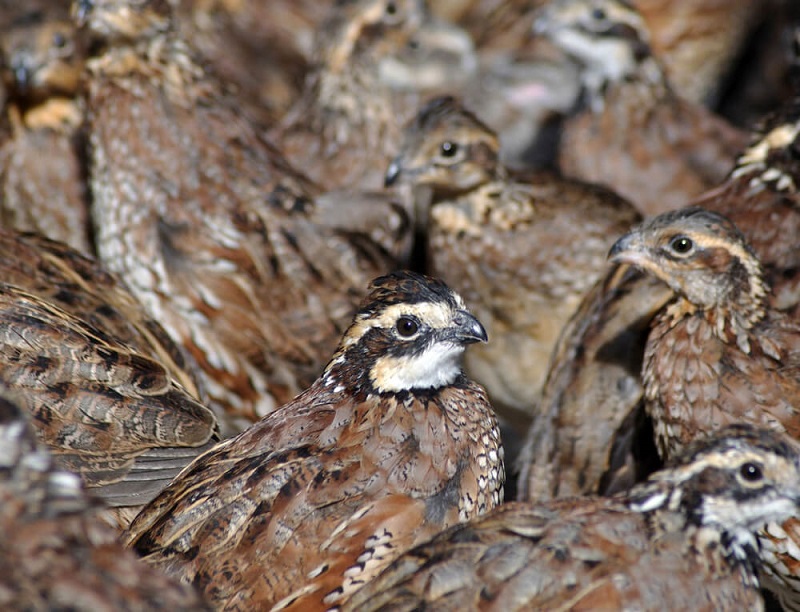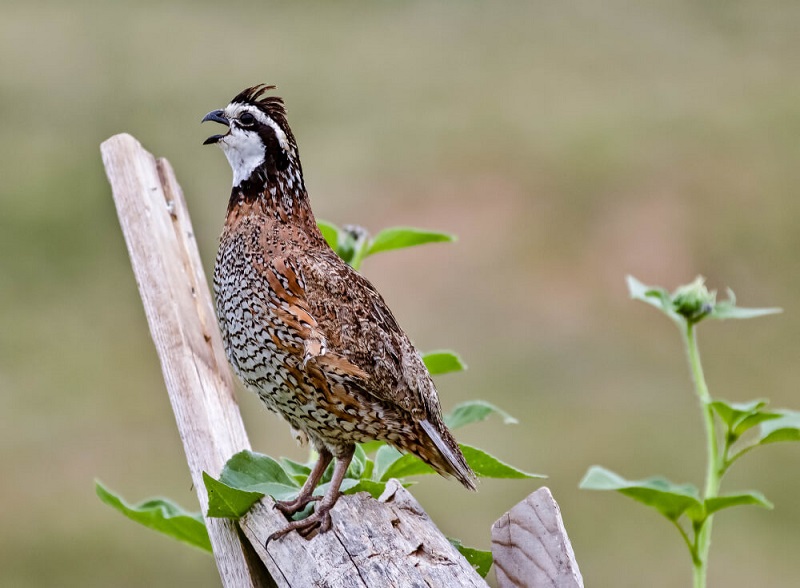
Bobwhite quail are a North American quail species belonging to the family Odontohporida, the New World Quails. The bobwhite quail – also known as the Virginia quail, Northern Bobwhite, or simply bobwhite – is named for the distinct “bob-white!” whistle noise the birds make to attract mates. Bobwhite quail range from the Caribbean to Canada, with over 23 distinct subspecies. The species is sexually dimorphic. Males carry distinctive white marks on their faces, whereas females have a more beige color that provides better camouflage. Males will often engage in complex calls and dance displays to try to woo a female. In spring and summer, adult bobwhite quail tend to pair up for mating. Males and females will take turns tending to the eggs, which are laid in a very simple nest on the ground. Many bobwhite quail nests are predated by a variety of predators. Though both parents will try to distract predators away from the nest, sometimes a nest is destroyed. Bobwhite quail females are capable of laying up to 3 nests a year trying to successfully reproduce. Many bobwhite quail farms raise bobwhites exclusively to sell them to hunters. These hunts, known as “canned hunts,” are popular in many countries. As a result, bobwhite quail have been introduced to many parts of the world – including Europe and New Zealand! If properly incubated, bobwhite quail eggs will hatch after 23 days. Since bobwhite quail are precocial, they are ready for adult feed as soon as they hatch. Bobwhite quail females can lay as many as 80 eggs in a breeding season if they are removed and artificially incubated. This makes bobwhite quail prolific breeders and very successful in breeding operations. Unfortunately, releasing these prolific species in areas outside their natural North American range can add competition to the natural ecosystem. Since it is very complicated to study the complex interactions that invasive birds put on a system, scientists have yet to quantify how damaging this may be to local environments. The bobwhite quail can stand on its own as an interesting animal. But – the bobwhite quail also demonstrates some truly amazing biological concepts! Humans do not have precocial young. Human babies take years – if not decades – to develop and mature into adults. By contrast, many species of animals are born nearly completely developed – albeit slightly smaller than the adults. Bobwhite quail chicks are ready to hit the ground running. Before they hatch, they start communicating with each other and their parents through their shells. By the time they break the shell, their leg muscles are fairly strong and the babies are ready to run through the underbrush with their parents. The chicks do take a few weeks to fly – but in every other regard, they are ready to take care of themselves. Many other ground-dwelling birds give birth to precocial young. Unlike birds that nest in trees, this is often a requirement because there are too many predators on the ground. Geese, killdeer, ducks, and many other bird species must hatch prepared to run. When a bobwhite quail nest is threatened by predators, the parents will actively try to lure a predator away with a specific display. The adults will feign injury – leaning heavily to one side and sticking out a wing. Predators, attracted by the seemingly helpless prey, quickly move away from the undiscovered nest and chase the faking parent. As soon as the bobwhite quail is certain that the predator is far away enough from the nest, it will simply take flight and land in a tree to avoid the predator. This behavior is seen in a large number of ground-nesting birds. While many animal moms will simply attack a predator, birds are much smaller and mostly defenseless. So, this clever trick of evolution allows them to get rid of a predator and protect their nest without a direct confrontation. The bobwhite quail serves as an interesting case study of how hunting can both contribute and degrade natural environments. One the one hand, bobwhite quail – as a species – have a distinct value to hunters and are thus reproduced in large numbers to meet demand. This will help ensure that the bobwhite quail does not go extinct. At the same time, introducing bobwhite quail into new habitats can disrupt the delicate balance of an ecosystem. If the introduced bobwhites use up all of an important resource, local animal species might suffer. If bobwhite quail are introduced into the range of an endangered species, the move could ensure that species’ extinction.
Kingdom
Animalia
Phylum
Chordata
Class
Aves
Order
Galliformes
Family
Odontophoridae
Genus
Colinus
Species
Colinus virginianus
Niche
Omnivorous Ground Dweller
Length
9 – 11 in (24 – 28 cm)
Weight
4.5 – 9 oz (130 – 255 g)
Lifespan
2-5 Years
Social Structure
Solitary to Dozens of Birds in a Covey
Conservation Status
Near Threatened
Preferred Habitat
Grassland, open woods in much of North America east of the Rocky Mountains
Average Clutch Size
12-16
Main Prey Species
Seeds, insects
Predators
Humans, skunks, raccoons, armadillos, foxes, coyotes, many other mammals, some snakes, and large reptiles.
The Basics
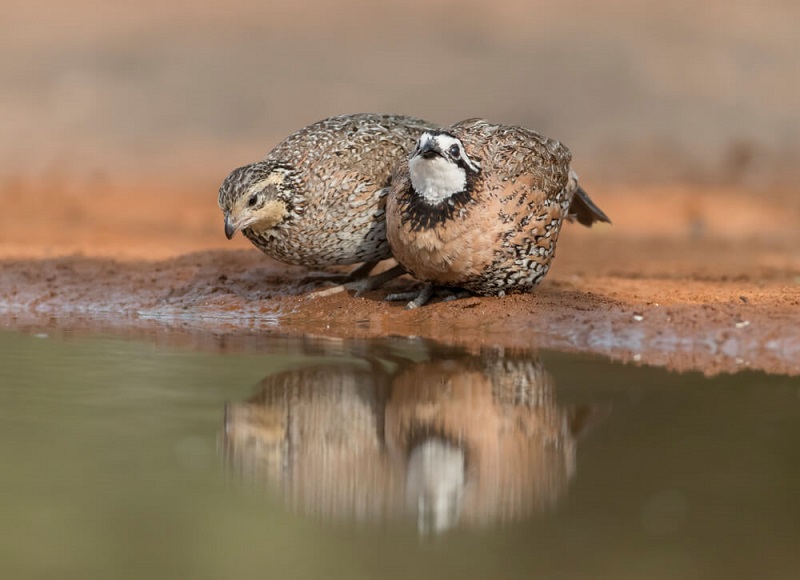
Hatching, Farming, and Hunting Bobwhite Quail
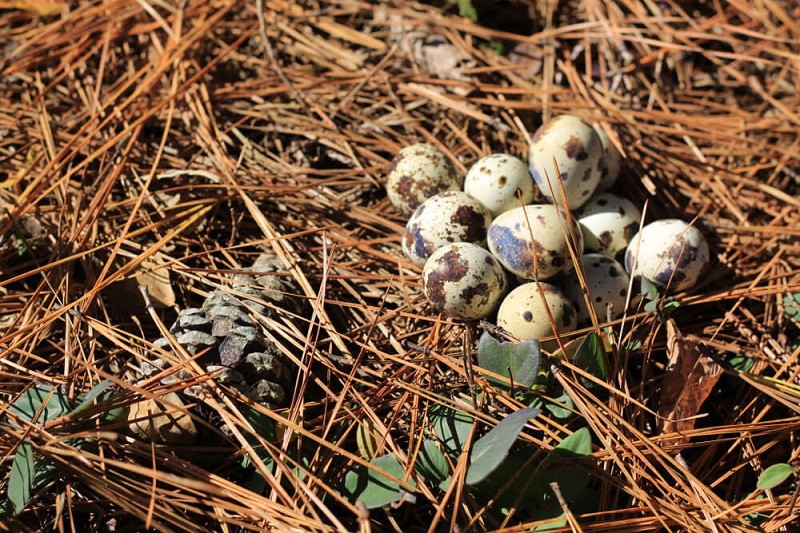
Interesting Insights from the Bobwhite Quail!
Precocial Young
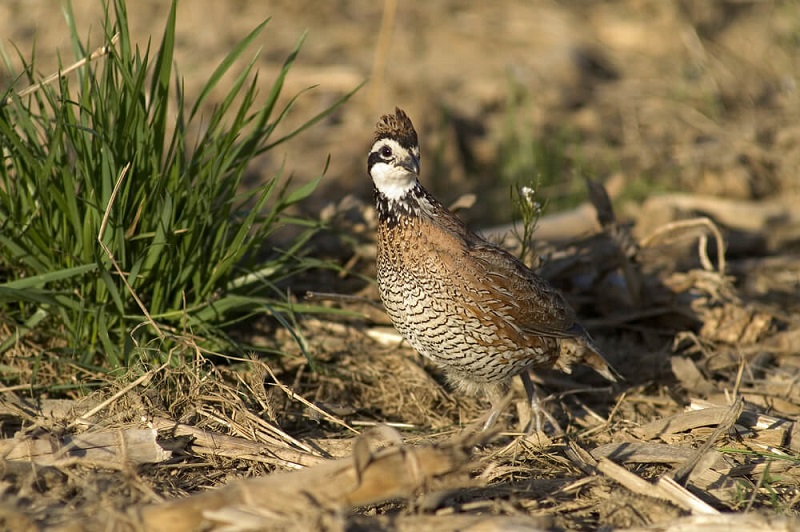
Faking Injury to Distract Predators
Conservation and Hunting
